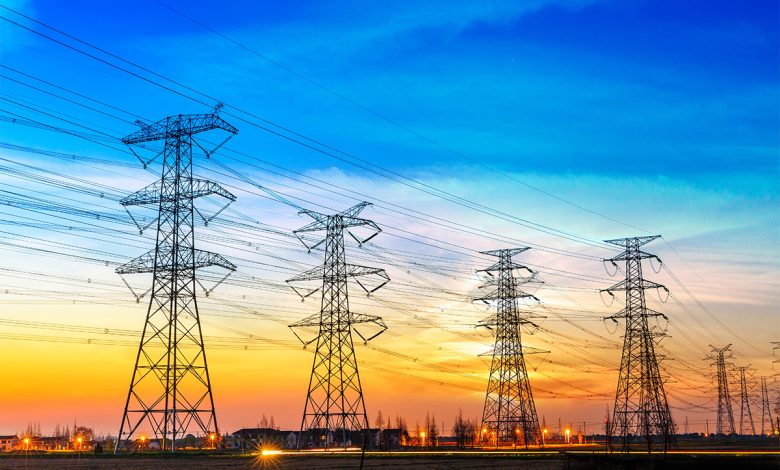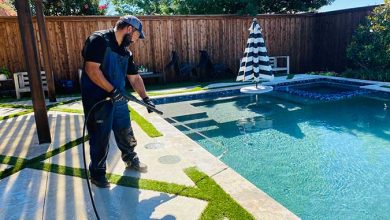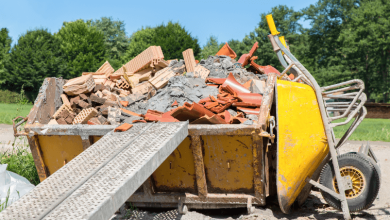Electrical Problems Caused by Low Voltage

Electrical problems can be a major inconvenience for any home or business owner. There can be many reasons causing electrical problems in your home. However, a major cause of these problems is linked to low voltage issues. Low voltage can be very frustrating to deal with and occurs due to a variety of reasons. You can prevent low voltage if you can identify the reason behind it, leading to an efficient electrical power unit.
Addressing voltage issues corrects the electrical problems in your home, leading to saving your appliances from electrical damage and constant repairs. If you do not address the issue of low voltage in your home, it can lead to costly repairs and maintenance over time, or you can have full electrical installation services for better safety.
This article discussed some common electrical problems that can be caused by low voltage and what you can do to prevent them.
What is Low Voltage?
Voltage is a measure of electrical energy. It is the force that pushes the flow of electricity through wires and other components. Low voltage occurs when electrical power devices do not get sufficient energy supply. The standard voltage for residential homes in the United States is 120 volts. When the voltage drops below this level, it can cause a range of electrical problems.
Reasons for Low Voltage
Low voltage is a common issue that occurs in many electrical systems. It is a condition in which the voltage in a circuit falls below its normal operating range. This can result in various issues, such as dimming lights, poor functioning, and even damage to electrical appliances.
There are many reasons why low voltage occurs in electrical systems, electrician kalamzoo also offer these services and some of the most common causes are discussed below.
Voltage Drop: Voltage drop occurs when the voltage reduces due to the resistance of the wires or other electrical components in the system. This is a common issue in long wire runs, where the resistance of the wires is high, and as a result, the voltage drops. Voltage drops are detrimental to the proper functioning of appliances and can also lead to irreparable damage.
Overloading: Overloading of an electrical circuit can also lead to low voltage. The voltage can drop when too many electrical appliances are connected to a single circuit, causing poor performance and inaccurate functioning. It is important to ensure that anyone electrical outlet in your home is not overloaded and that the power is distributed across the home efficiently.
Faulty Transformers: Transformers are used to step up or step down the voltage in electrical systems. A faulty transformer can cause low voltage in the system. Transformers can become defective due to aging or overheating. If you find that the transformers in your home have become damaged or aged, it is time to call a professional to replace them as soon as possible.
Loose Connections: Loose connections in electrical systems can also cause low voltage. The voltage can drop when the connections are not tight enough, resulting in reduced system performance. Loose connections can easily damage your electrical outlets and the appliances connected to them.
Power Company Issues: Power companies can also cause low voltage issues in electrical systems. This can occur for various reasons, such as power outages, overload on the system, or other issues. Make sure you have systems in place to protect your appliances from sudden power outages and voltage drops.
Aging Electrical Components: Over time, electrical components such as wires, switches, and other components can degrade, leading to low voltage issues. This can occur due to factors such as exposure to the elements or wear and tear.
Read more blogs at Itimesbiz.
Common Low Voltage Electrical Problems
Dimming or Flickering Lights
A common sign of low voltage is dimming or flickering lights. When the voltage drops, lights may become dimmer or start flickering. If you notice your lights are dimming or flickering, it could be a sign of low voltage.
Electrical Appliances not Working Properly
The electrical appliances in your home, such as refrigerators and televisions, all require a certain amount of voltage to operate properly. When the voltage drops, these appliances may not work as well as they should.
You may notice that your refrigerator is not working according to the set temperature or that your air conditioner is not cooling your home as effectively as it should. If you notice any of these problems, it may be due to low voltage.
Tripped Circuit Breakers
Another common sign of low voltage is tripped circuit breakers. When there is not enough voltage to power your electrical devices, your circuit breaker may trip. This can be frustrating, as it can cause your devices to turn off unexpectedly. If you notice your circuit breaker tripping frequently, it could be due to low voltage.
Overheating Electrical Devices
When insufficient voltage powers electrical devices, they may start overheating. This can cause damage to the device and can even be a fire hazard. If you notice that your electrical devices are getting hot to the touch, it could be a sign of low voltage.
Preventing Low Voltage
Several things can help prevent the occurrence of low voltage. Some effective ways you can implement to prevent low voltage include:
Upgrading Your Electrical System
If your electrical system is outdated, it may not be able to handle the demands of modern electrical devices. Upgrading your electrical system can help ensure that you have enough voltage to power all of your devices properly.
Installing a Voltage Stabilizer
A voltage stabilizer is a device that helps regulate the voltage in your electrical system. Installing a voltage stabilizer can help prevent low voltage and other electrical problems.
Avoiding Overloading Your Electrical System
Overloading your electrical system can cause voltage drops and other electrical problems. Be sure to avoid plugging too many devices into the same outlet or circuit.
Regular Maintenance
Regular electrical system maintenance can help prevent low voltage and other electrical problems. Be sure to have your electrical system inspected and maintained regularly to ensure that it is working properly.
Conclusion
Low voltage can be a frustrating problem to deal with. It can cause a range of electrical problems, from dimming lights to overheating electrical devices. However, several things can help prevent low voltage.
Upgrading your electrical system, installing a voltage stabilizer, avoiding overloading your electrical system, and regular maintenance from trusted residential electrical contractors can all help prevent low voltage and other electrical problems.
In addition to these preventive measures, it is important to address low voltage issues as soon as possible to avoid further problems. If you notice any signs of low voltage, such as flickering lights or tripped circuit breakers, it is important to have a professional electrician inspect your electrical system.
A licensed electrician can identify the cause of the low voltage and make the necessary repairs or upgrades to prevent further electrical problems. Attempting to fix electrical problems in your is risky and can cause irreparable damage.




